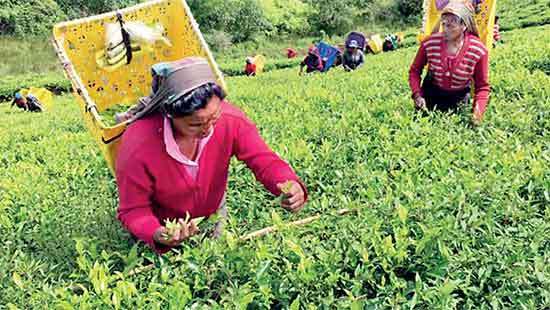An analysis by Forbes and Walker Tea Brokers showed that Sri Lanka’s tea industry faces a number of challenges and uncertainties but will show moderate growth in 2025.
India is likely to experience tight supply of orthodox mass green tea in 2024 due to declining production and shortage of production.
Although the first quarter of 2025 (Q1 25) is expected to bring some stability, tea prices remain high as Sri Lanka enters the western quality season that usually sees better harvests.
“We can expect tea prices to remain high in the first quarter and perhaps even in the first half of the second quarter,” the report suggested.
However, the second half of the year will largely depend on how global supply dynamics unfold, said Forbes and Walker Tea brokers.
The exchange rate of the Sri Lankan Rupee against the US Dollar will also play a crucial role in determining the price of tea. As the government prepares to ease several import restrictions, including vehicles, the impact of the rupee on tea prices is expected to be significant.
The forecast for tea production in 2025 remains cautiously optimistic. Challenges such as climate change, rising input costs, wages, mechanization, government policies and use of fertilizers all affect final production, with the country projected to produce 280 million kg of tea.
“As factors such as climate change, input costs, mechanization and wages, government policies and fertilizer use affect tea production in Sri Lanka, we can be cautiously optimistic in projecting 280 million kg annually for 2025,” the analysis pointed out.
Looking beyond Sri Lanka’s shores, key markets such as India and China are set to present significant opportunities for growth.
However, the tea broker’s research says that economic volatility and unpredictable weather conditions could disturb the balance of demand and supply. Commenting on the performance of 2024, Forbes and Walker Tea Brokers said Sri Lanka’s tea sector showed encouraging signs of recovery and could be termed as ‘the year of recapture change’.
Strong demand for quality tea, particularly from the West and Uva regions, supported the market and the appreciation of the rupee provided some relief.
The momentum in tea value, which started to build late last year, was evident across all elevations, the report said.
Although high-quality teas continued to perform well, there was also steady demand for lowland teas, which contributed to the overall positive outlook for Sri Lankan tea exports.





